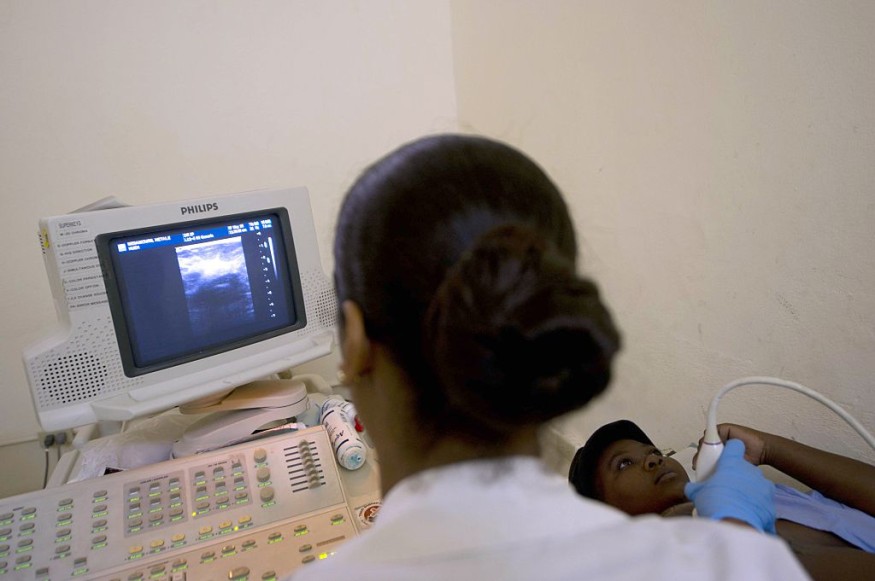
Experts have identified a whole unique form of cell hidden among the fragile, convoluted passages of the respiratory system.
Discovery of New Type of Cell Within Human Lungs
As shown in a latest analysis which was posted under Nature, the newly discovered cells perform an important responsibility in maintaining the circulatory tract working normally and perhaps motivate drug therapies to alleviate the symptoms of predefined smoking-related illnesses.
RAS cells are present in small, twisting channels termed as bronchioles, which are capped with alveoli, the tiny tubes that transfer oxygen and nutrients with the circulation.
The newfound RAS cells are analogous to stem cells - "blank canvas" cells that may develop into any other sort of cell in the human body - in that they can build novel alveolar cells and turn into newer models.
The RAS cells were found as academics were progressively irritated by the constraints of using mouse airways as prototypes for the pulmonary epithelium. Researchers had also failed to complete certain information deficiencies concerning human airways due to variances among the pair.
To gain a deeper grasp of these changes at the molecular stage, the researchers collected pulmonary specimen from competent adult volunteers and studied the transcripts within cellular components, revealing heretofore discovered RAS cells.
In an interview of LiveScience with lead researcher Edward Morrisey, a pulmonary tracts expert at the University of Pennsylvania's Perelman School of Medicine, he stated that it has long been recognized that the passageways of the respiratory system vary from those of the rodent.
The researchers additionally discovered RAS cells in ferrets, which have airways more akin to individuals than rodents. As a consequence, experts believe that various animals of comparable size contain RAS cells in their airways.
RAS cells have two primary roles in the lungs. Initially, they release chemicals that keep the covering of the bronchioles flexible, preventing the narrow passageways from constricting and increasing pulmonary performance.
Furthermore, they can function as progenitor cells for alveolar type 2 (AT2) cells, which release a substance that is utilized to heal other injured alveoli.
RAS cells, according to the academics, might very well perform an important responsibility in smoking-related maladies including chronic obstructive pulmonary disease (COPD). As per Mayo Clinic, COPD is induced by irritation of the ventilatory verses within the respiratory system, that can be caused by cigarettes and, in rare cases, industrial emissions.
The inflammatory response of the passageways renders it difficult for the chest to effectively take in sufficient air; as a consequence, COPD indications are comparable to asthma indications. COPD can also cause emphysema, an irreversible destruction of the alveoli, as well as chronic bronchitis, a long-lasting and severe congestion followed by profuse phlegm.
RAS Cells Hiding Inside The Human Lungs?
According to the World Health Organization, COPD kills over 3 million individuals worldwide annually. RAS cells, in principle, must forestall or at the minimum mitigate the consequences of COPD by fixing broken alveoli. Unfortunately, the investigators believe that nicotine might harm, if not totally kill, the developing cells, resulting in the genesis of disorders like COPD.
COPD sufferers are frequently administered anti-inflammatory medications or air treatment to alleviate their discomfort. Yet, these are merely short-term fixes that do little to repair respiratory problems.
If investigators can correctly exploit the restorative characteristics of RAS cells, they may be able to enhance therapies or ultimately eradicate COPD.
© 2025 NatureWorldNews.com All rights reserved. Do not reproduce without permission.





